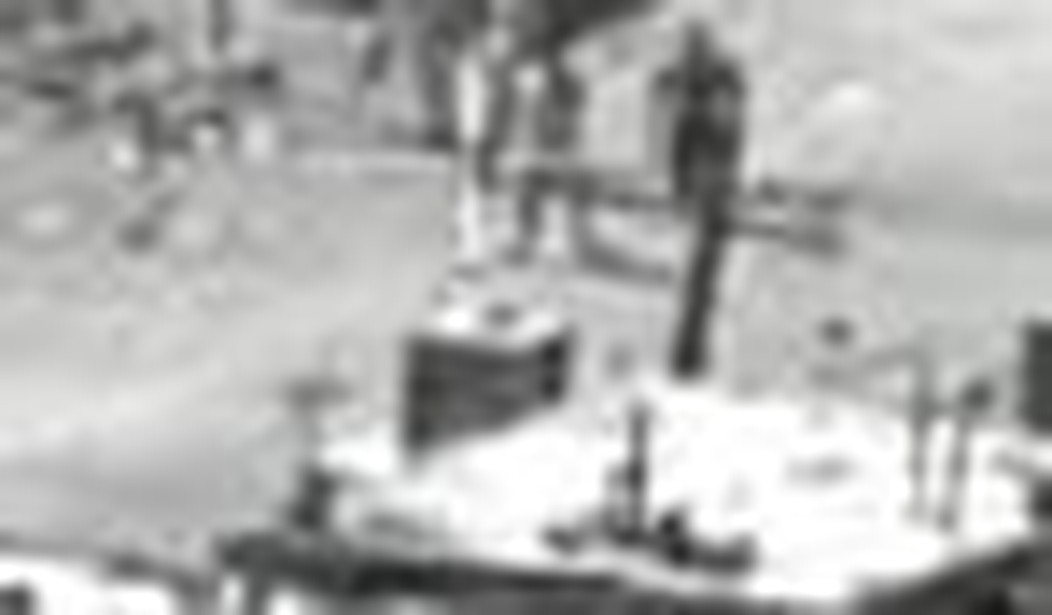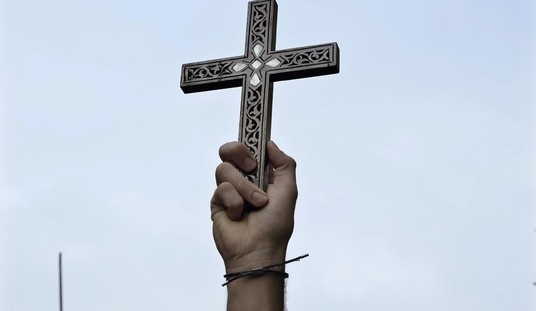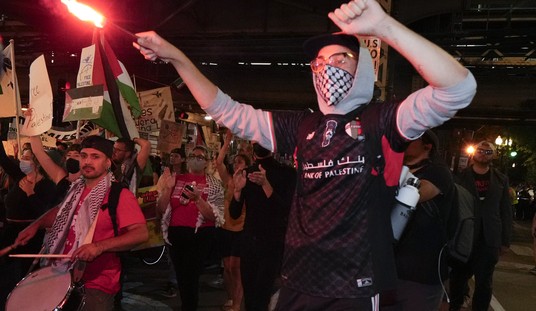War is a dirty affair where innocents die and evil men sometimes triumph.
The intensity and uncertainly of combat is increasingly caught on camera, as embedded journalists and combatants themselves capture images and video of the brutality. Even in an age where the fake violence of the video game and the cinema have desensitized many of us to imagined carnage, real images of war can still strike us like the bitter steel of a bayonet. This is especially true in circumstances where we are guided by politically motivated players — in not-so-subtle ways — to view a jarring slice of the horror of war presented through a flawed and incomplete prism.
Such is the case with the famed whistleblower organization WikiLeaks and their much-hyped release of U.S Apache helicopter camera footage from an engagement on the morning of July 12, 2007, in a hotly contested Baghdad slum. They titled their rendition of the classified combat footage “Collateral Murder,” and the group’s shaping of the narrative begins at the first frame of their 17:47 short version release of the film with a purposefully ominous Orwellian quote:
Political language is designed to make lies sound truthful and murder sound respectable, and to give the appearance of solidity to pure wind.
A comment ironically descriptive of WikiLeaks’ behavior here, rather than the video’s coming content.
The exposition continues:
On the morning of July 12th 2007, two Apache helicopters using 30mm cannon fire killed about 12 people in the Iraqi suburb of New Baghdad.
Two children were also wounded.
Although some of the men appear to have been armed, the behavior of nearly everyone was relaxed …
Is it the WikiLeakers’ position that only tense, spasmodic Mahdi Army militiamen should be fired upon? That the Iranian-sponsored terrorist organization’s stated desire to kill American soldiers — and for that matter, fellow Iraqis, as long as they are Sunnis — should be subservient to the primacy of body language? It’s a bizarre position that only those well-insulated from reality can afford to share.
After 2 minutes and 47 seconds of more of the same, the WikiLeakers finally run the footage shot by the helicopters. There are two versions of the film: the 17:47 short version noted above, and the 39:14 long version. Watch whichever you prefer, but by all means, please watch one of them. As you do so, focus on what the scenes actually depict rather than what WikiLeaks claims to be the case — perhaps you’ll find your view of the WikiLeaks’ story evolving, from one of disgust with a callous military towards revulsion and sadness regarding the sometimes tragic consequences of war.
You may even feel anger towards WikiLeaks’ self-proclaimed truth-tellers.
After nearly three minutes of telling viewers how to perceive the footage, the grainy black-and-white gun camera footage from a flight of AH-64 Apaches finally comes into view. The helicopters — call-signs Crazy Horse 18 (lead aircraft) and Crazy Horse 19 (wingman) — assume a protective overwatch position, providing aerial support and reconnaissance for elements of the U.S. Second Brigade Combat Team (2nd BCT) on the ground. These ground troops are conducting a sweep through a Shiite slum during the height of the “Surge,” and are attempting to locate and destroy weapons caches belonging to the Mahdi Army. The Mahdi Army is a Shiite paramilitary organization that operates like an organized crime family, and is infamous for both kidnapping fellow Iraqis for ransom and for brutal acts of sectarian violence — including beheadings and assassinations of Iraqi civilians and police.
As the 2nd BCT conducts their search operations, they encounter small arms fire and the deadly missiles known as rocket-propelled grenades, or RPGs. Similar attacks had been going on all morning, and the streets were eerily absent of civilians — a telling sign in these neighborhoods, where children play soccer in the streets when they know it is safe.
Soldiers on the ground had just reported contact with the enemy, when the two Apaches located a sizable group of military-aged men sauntering through a nearby neighborhood. The pilots and gunners of the helicopters circle the group from 800 meters away, well within the range of their weapons, but outside the range where the group might easily notice them.
The pilot in the trailing Apache notices a group of men, and the camera focuses on them just before a pair of Mahdi Army scouts slip away on a moped. The crews call out their confirmation of visible weapons in the group, and the camera clearly captures at least one man carrying an AK-pattern assault rifle, and another beside him carrying a RPG launcher with a live rocket locked in place. A third man cradles another rocket under his arm.
Two men, whom we later discover are a Reuters cameraman and his driver, are mixed in with the gang as familiars — wearing the same kind of clothes, their slung cameras appearing as yet more weapons to helicopter crews with already clearly identified targets.
As they circle, the gang of journalists and terrorists group at the corner of a building. The photographer takes one step around the corner into the alleyway and crouches — pointing his camera’s large telephoto lens at a U.S. Humvee parked just a few hundred yards away. The pilots, fearing an attack on the U.S. vehicle (and one mistakenly seeing what he thought was the flash of a rocket launch), swing around the building and open fire on the tightly clustered militiamen, cutting them down in a spray of concrete, dust, and blood.
Two men sprint out of the cloud. One escapes cleanly. Another is cut down with finality in a second burst of fire.
The pilots circle, and another man emerges running from the dust and debris, and is struck down, wounded.
This is the first of three engagements for Crazy Horse 18 and Crazy Horse 19 that morning in the slums of New Baghdad. The pilots, primarily tasked with saving American and Iraqi lives from insurgent action, are now accosted by WikiLeaks for failing to discern camera-carrying journalists from militants. WikiLeaks would judge these pilots murderers for following the rules of war, and destroying an enemy force without first interviewing the armed group to discern intent. Their charges of impropriety ring hollow.
The further hot air and rhetoric of WikiLeaks will be addressed in Part Two.









Join the conversation as a VIP Member